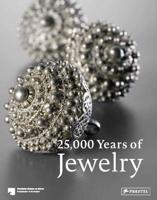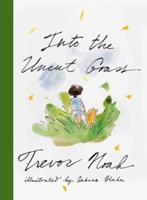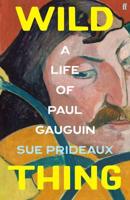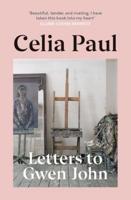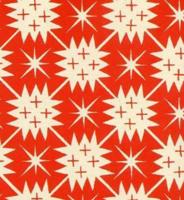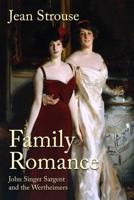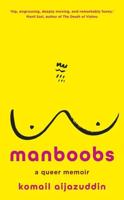Publisher's Synopsis
This is the story of a remarkably talented Irishman whose works are so distinctive they need no signature. Master craftsman, "repoussé" chaser Edmund Kavanagh's art carries his inimitable style in every piece, a style he has been painstakingly and lovingly developing over the last fifty years. The skill of repoussé, which began in antiquity and flourished from medieval times to the middle of the twentieth century, is a metalworking technique in which soft precious metal is shaped by hammering from the underside. Chasing is done on the front of the piece to finish or refine the raised repoussé. It is tedious, laborious work that in the twenty-first century is considered a dying art. Edmund is among the handful of chasers around the world who continue to ply this ancient craft. His name is well known among the United States military bandmasters, both academies and the active duty services. He has designed and crafted numerous Maces, Baldrices and Tabards for the Marines, the Coast Guard, the Army, the Air Force, the Merchant Marine and other military bands. Of the hundreds of chalices, tea services, maces, and trophies that have passed through his competent hands, his flagship piece is the 18-carat gold rose bowl for the 50th wedding anniversary for President and Mrs Dwight D Eisenhower. The sheer volume and variety of his work is incredible, as the photographs in this book show. His custom crafted chalices, menorahs, band maces, sports trophies and specialised jewellery are prized as collectors' items by their owners. His legendary reproductions of museum pieces are numerous. This biographic account combines a cameo of the artist, Edmund Kavanagh, with magnificent illustrations and descriptions of his famous art works. It is the story of a remarkably talented Irishman whose early years were fraught with frustrations and life-threatening illness. His unique artistic gift of design earned him entry at age fifteen to apprenticeship under Dublin's finest silver craftsman. His well-developed inimitable style is now known in many countries of the world.

